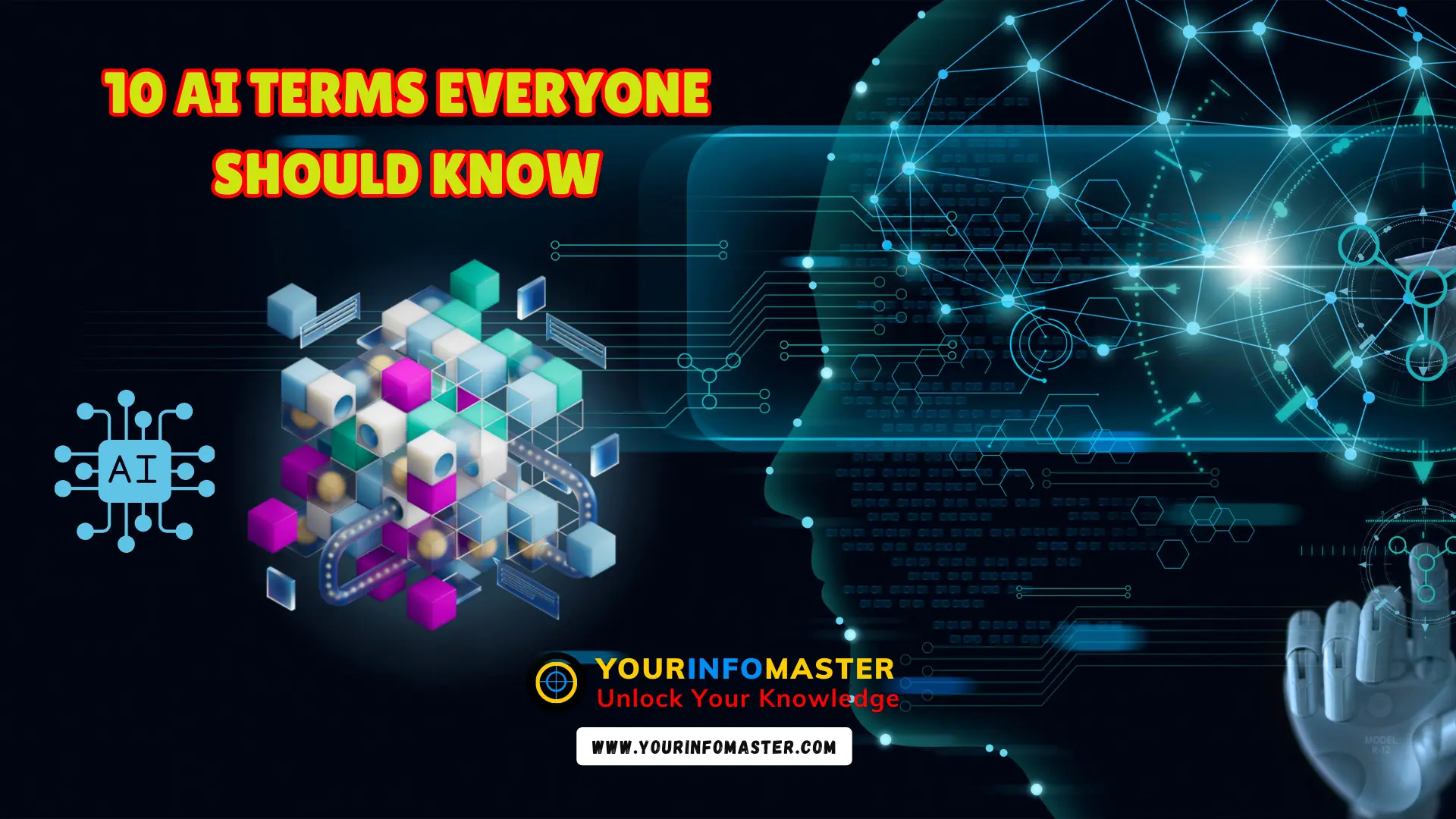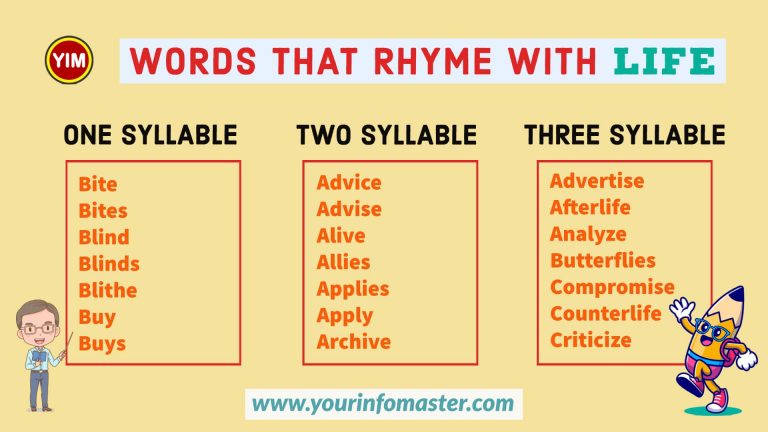A Beginner’s Guide to Understanding Key Concepts in Artificial Intelligence
The term “AI” has been around in computer science since the 1950s, but it didn’t become widely discussed by the general public until the end of 2022. This is because new developments in machine learning have resulted in significant breakthroughs, influencing many areas of our lives. We’re here to simplify the jargon and help you grasp AI concepts so you can join the global conversation.
Also Read: How to Fix ChatGPT Error Code 1020 Access Denied?
List of AI Terms Everyone Should Know
This curated list of AI terms provides a gateway for individuals to grasp fundamental concepts, fostering a deeper understanding of artificial intelligence and its impact on our daily lives.
- Artificial intelligence
- Machine learning
- Large language models
- Generative AI
- Hallucinations
- Responsible AI
- Multimodal models
- Prompts
- Copilots
- Plugins
Detail of AI Terms Everyone Should Know
Here, you’ll find a comprehensive breakdown of key AI terms, offering insights that empower individuals to navigate the complex realm of artificial intelligence with confidence.
1. Artificial Intelligence (AI)
AI is a highly intelligent computer system created by humans that can mimic human abilities, such as understanding speech, decision-making, language translation, sentiment analysis, and learning from experience. It operates through algorithms on computers, not physical robots, and plays a role in various aspects of our lives, often working in the background.
2. Machine Learning
Machine learning is a field within AI where computers are trained to identify patterns and make predictions based on data. Through repeated exposure to different inputs and feedback, the system learns and improves its performance. It’s especially useful for tasks like image recognition and language translation, relying on vast amounts of digitized data.
Also Read: Is ChatGPT plus worth it?
3. Large Language Models (LLMs)
LLMs utilize machine learning to process language, mimicking human communication. Based on neural networks inspired by the human brain, they’re trained on extensive text data to understand language patterns. LLMs can be fine-tuned for specific tasks and are commonly used in applications like chatbots and language generation.
4. Generative AI
Generative AI, powered by large language models, creates new content rather than simply providing information. It can generate various forms of content, including images, music, text, videos, and code. While it has positive applications, there’s a need to address concerns about the potential misuse of generative AI, such as creating fake news or deceptive visuals.
5. Hallucinations
Generative AI systems may produce inaccurate responses, known as hallucinations or fabrications, as they can’t distinguish between real and fake information. Developers aim to address this issue through “grounding,” providing additional information from trusted sources to enhance accuracy.
Also Read: How to Fix ChatGPT Error in Body Stream?
6. Responsible AI
Responsible AI involves designing systems, including machine learning models and software, with safety and fairness in mind. It addresses biases that may arise from imperfect training data and strives to reflect societal diversity. Responsible AI is crucial in applications like education and healthcare where important decisions about people are made.
7. Multimodal Models
Multimodal models can handle different types of data simultaneously, such as images, sounds, and text. They excel at multitasking and can integrate information to perform tasks like answering questions about images.
8. Prompts
Prompts are instructions entered into AI systems in language, images, or code, guiding them on the task to perform. Crafting precise prompts is crucial for obtaining desired outcomes from large language models, akin to placing a specific order at a deli counter.
Also Read: ChatGPT Internal Server Error: Causes, Symptoms, and Fixes
9. Copilots
Copilots are digital assistants that work alongside users in various digital applications, aiding with tasks like writing, coding, summarizing, and searching. Built with Responsible AI measures, copilots enhance productivity and efficiency without taking control, acting more like tools than autonomous entities.
10. Plugins
Plugins, similar to adding apps to a smartphone, expand the capabilities of AI applications without modifying the underlying model. They allow copilots to interact with other software and services, making AI systems more versatile and connected to the broader digital world.
Final Thoughts
In a world increasingly shaped by artificial intelligence, familiarity with these essential terms empowers individuals to navigate, contribute, and responsibly embrace the transformative potential of AI. These insights pave the way for informed participation in the ongoing dialogue surrounding the future of technology.







